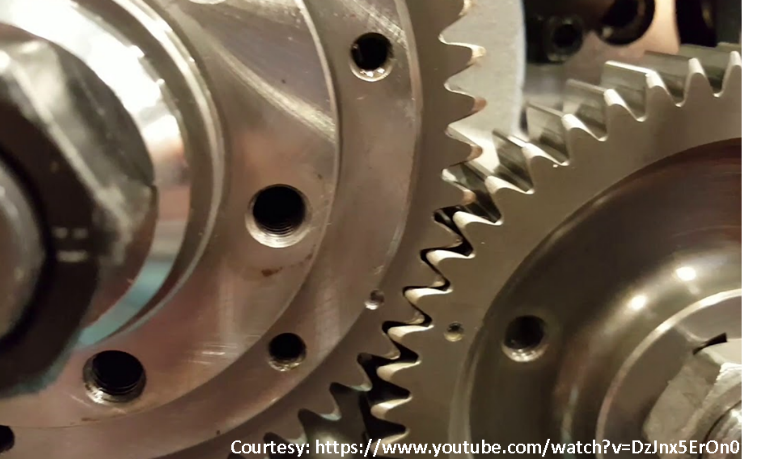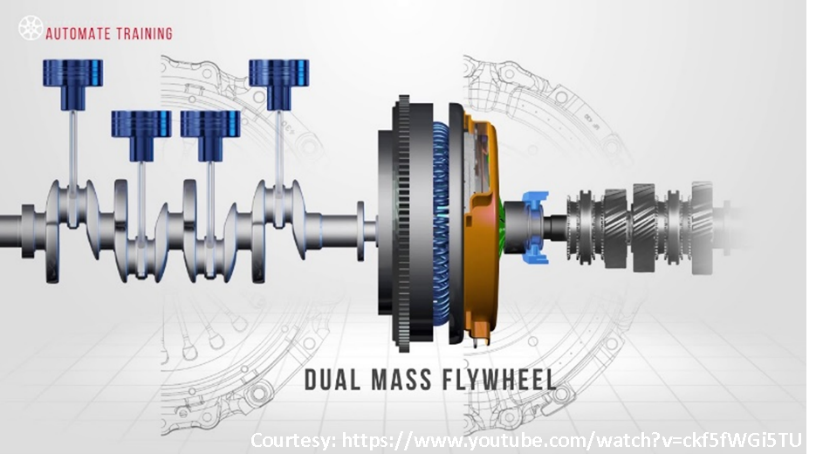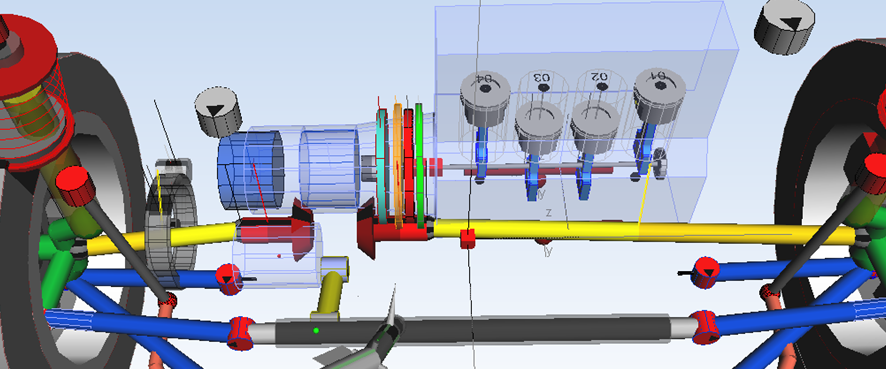For many children, learning to ride a bicycle is a major accomplishment. As they grow older, they often move on to riding a multi-speed geared one, and eventually they start driving a car. All of these vehicles make great use of machine parts known as the ‘Gears’.

So who came up with these incredible devices? Some historians believe gears date back to at least the 27th century B.C. when they were used in a chariot in China. The ancient Greeks, including Aristotle, also described gear-like devices. Greek mathematician Hero of Alexandria was the first to write specifically about gears in 50 A.D.

Gears are sets of wheels with teeth that interlock in such a way that, when one wheel turns, it also turns the other. The interlocking needs to be gradual between the mated gear teeth. However, due to manufacturing limitations, some clearance is always present between the mated teeth.
The moving parts in an engine cause fluctuations in speed, resulting in repeated teeth impacts when backlash is present. This impact-induced noise is known as gear rattle. This noise can be described as “ball bearings flying around inside a metal box”… and this can be very annoying for the occupants. It can be diagnosed particularly in diesel vehicles at low or idle speed, such as buses and trucks in a traffic jam.

The engine component called the flywheel helps to smooth the output power delivery. In recent years, the Dual Mass Flywheel (DMF) has been used to protect the driveline from the torsional vibrations coming from the engine. Instead of using a single flywheel attached to the crankshaft, when a DMF is used, the transmission shaft inertia is increased, allowing better vibration insulation in both idle and drive conditions.

Generally, gear rattle noise level is quantified based on amplitudes of crankshaft angular accelerations. We did a similar study using Simpack and virtually simulated on our Bleu car.

We built the complete Bleu car in Simpack and validated the model with some quick integrity checks to ensure accuracy in our workflows and results. In the load-case called car run-up, we tested the Bleu car on a virtual roller test rig setup. This load-case can be customized for various parameters like crankshaft starting speed, crankshaft end speed, simulation time and test rig dimensions, etc. We post-processed the results and studied the engine orders using color-maps, DMF eigenmodes, bushing forces on engine, suspension side and the crankshaft angular accelerations.

We tuned the Dual Mass Flywheel by optimizing the inertia properties of the primary and secondary flywheels and the torsional spring stiffness such that resonance was avoided. With this, we achieved a 34% reduction in angular accelerations meeting the targets.
With the reduced levels of vibrations, gear rattle can be avoided, giving you a pleasurable riding experience.
Check out our Vehicle Dynamics Solutions at
SIMULIA offers an advanced simulation product portfolio, including Abaqus, Isight, fe-safe, Tosca, Simpoe-Mold, SIMPACK, CST Studio Suite, XFlow, PowerFLOW and more. The SIMULIA Learning Community is the place to find the latest resources for SIMULIA software and to collaborate with other users. The key that unlocks the door of innovative thinking and knowledge building, the SIMULIA Learning Community provides you with the tools you need to expand your knowledge, whenever and wherever.